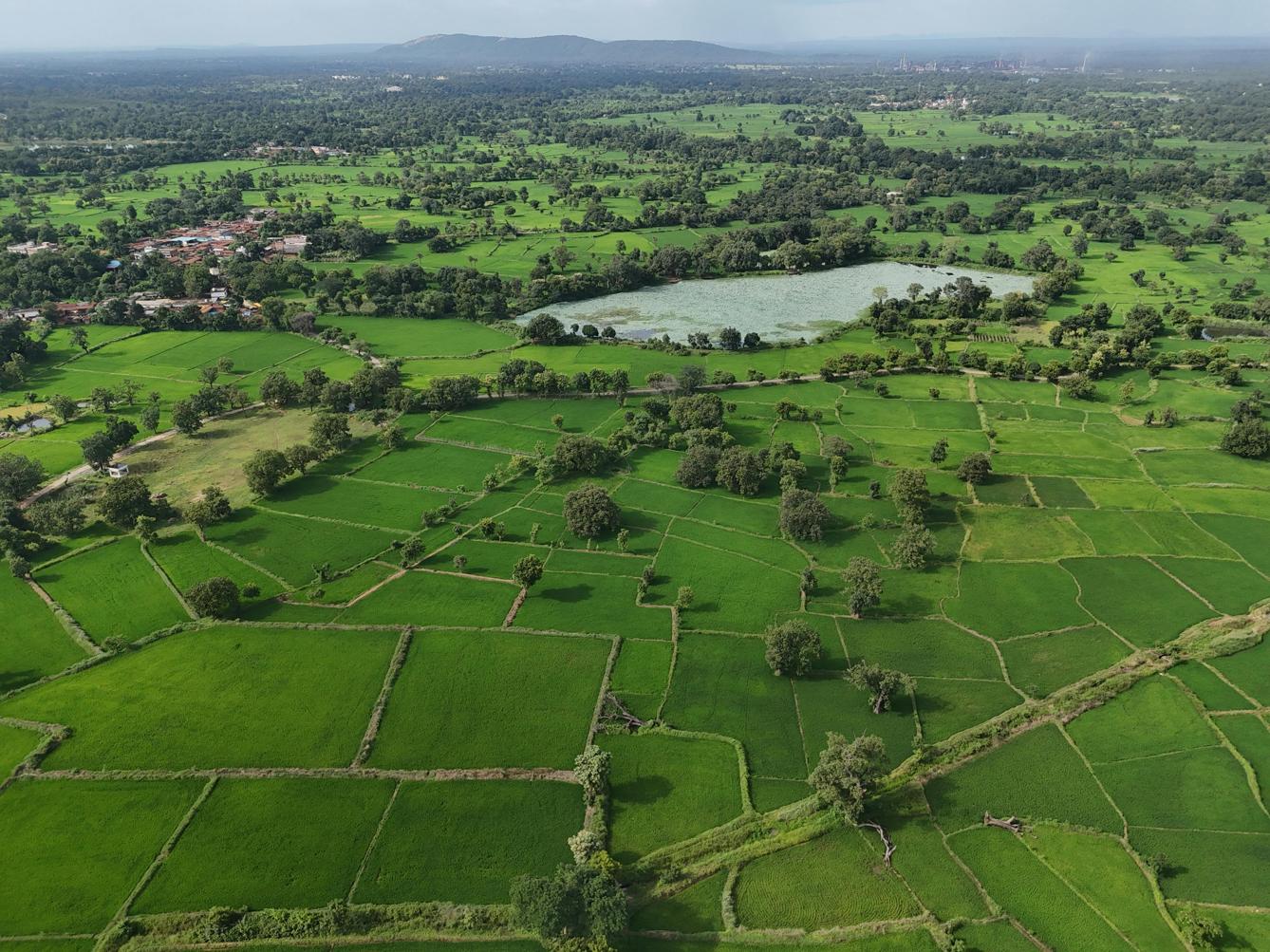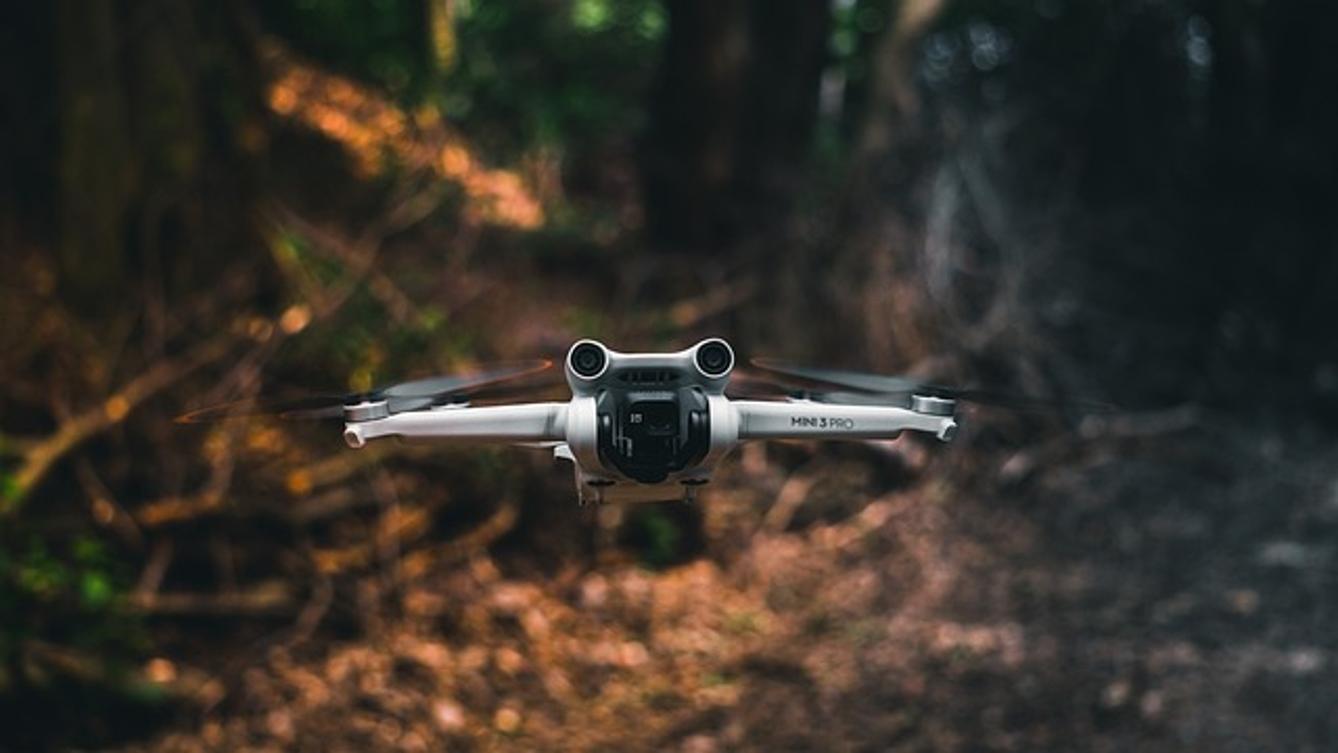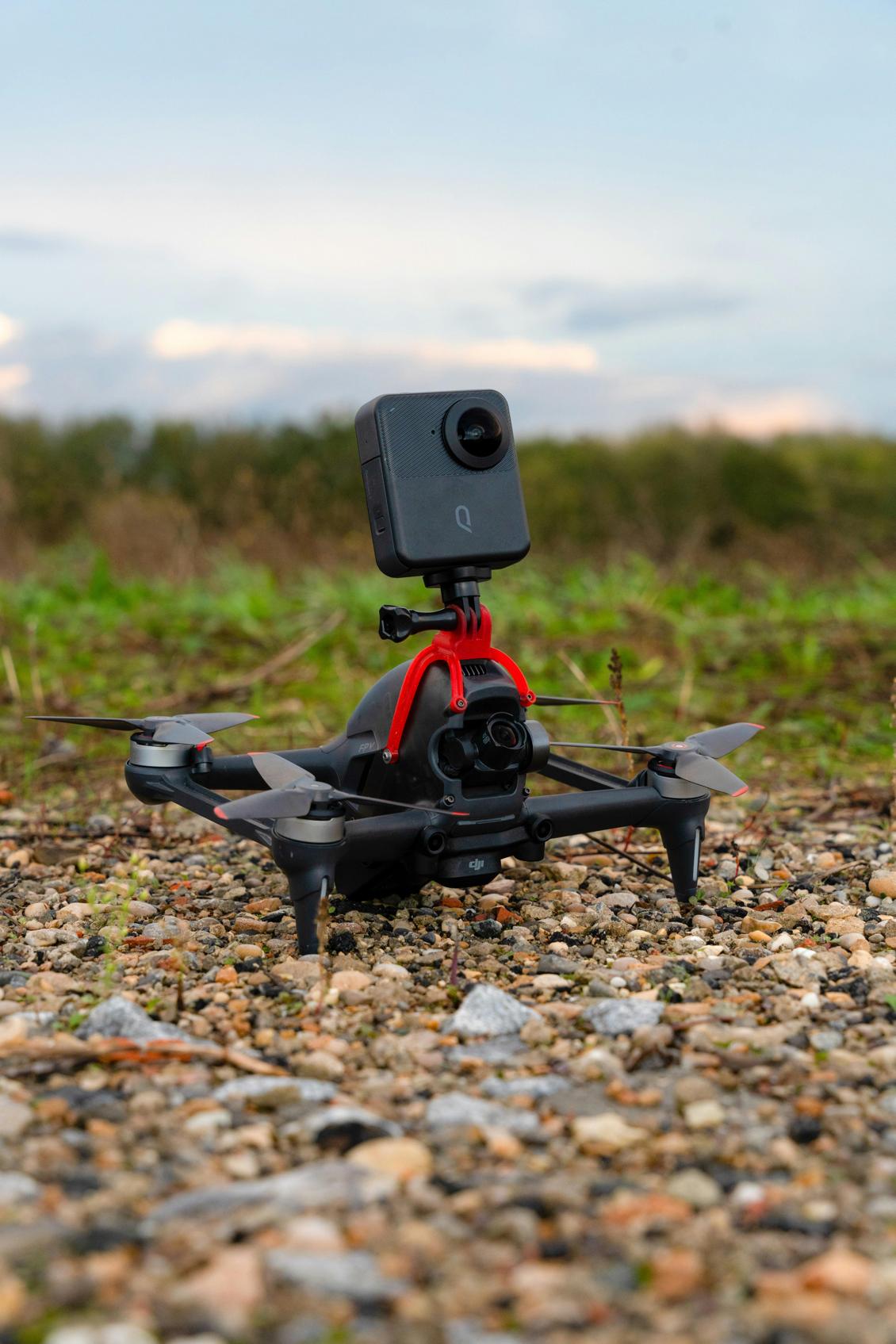What is FPV Drone?
Introduction
FPV, or First Person View, drones are revolutionizing the way we perceive flying. These drones offer a unique and immersive experience, allowing pilots to see from the drone's perspective in real-time. By transmitting live video feeds directly to a headset or screen, FPV drones provide an unparalleled flying experience that appeals to both hobbyists and professionals.
The demand for FPV drones has skyrocketed in recent years, largely due to advancements in technology and the growing popularity of drone racing and aerial cinematography. If you're curious about what FPV drones are, how they work, and their various applications, this guide will walk you through everything you need to know.

Understanding FPV Drones
FPV drones fundamentally change how pilots interact with their aircraft. Unlike traditional drones that rely on a distant line-of-sight perspective, FPV drones provide a first-person view from the drone itself. This perspective is achieved using an onboard camera that transmits live video footage to goggles or a monitor.
This immersive experience draws a clear line between FPV drones and their traditional counterparts, offering a sense of being 'in the cockpit.' It enhances precision and control, making FPV drones highly popular among racing enthusiasts and filmmakers alike.
Components of an FPV Drone
FPV drones consist of several key components that work together to provide a seamless flying experience.
The Camera and Video Transmission System
The camera acts as the 'eyes' of the drone, capturing live footage from the drone's viewpoint. This footage is transmitted via a video transmission system to FPV goggles or a monitor, allowing the pilot to see exactly what the drone sees in real-time.
The Flight Controller
The flight controller serves as the 'brain' of the drone, processing sensor data and translating pilot inputs into movement. It includes gyroscopes, accelerometers, and often a GPS module to help maintain stable flight and execute precise maneuvers.
Power System
The power system comprises the battery, motors, and Electronic Speed Controllers (ESCs). The battery supplies power to the system, the ESCs control the motors' speed, and the motors provide thrust to keep the drone airborne.

Types of FPV Drones
FPV drones come in various types, each designed for specific activities and performance criteria.
Racing Drones
Built for speed and agility, racing drones are lightweight and highly maneuverable. They often feature powerful motors and responsive flight controllers to compete in high-speed races around complex courses.
Freestyle Drones
Freestyle drones offer pilots the flexibility to perform acrobatics and complex maneuvers. These drones emphasize durability and control, allowing flyers to push the limits of what the drone can do.
Cinematic Drones
Cinematic FPV drones are geared towards capturing high-quality video footage. They are designed to carry heavier camera equipment and often include features like gimbal stabilization for smoother shots.
How FPV Drones Work
FPV drones operate through a combination of real-time video transmission, control inputs, and navigation techniques.
The Role of FPV Goggles
FPV goggles are perhaps the most critical component, providing a live video feed directly to the pilot's eyes. This immersive view aids in precise control and enhances the flying experience.
Real-time Transmission
The video captured by the drone's onboard camera is transmitted in real-time to the FPV goggles or monitor. This low-latency transmission is crucial for responsive control, particularly in racing or complex maneuvers.
Control and Navigation
Control is typically achieved through a radio transmitter, which sends commands to the drone's receiver. The flight controller processes these inputs and adjusts the drone's movements accordingly. GPS modules can assist in maintaining position and navigating over longer distances.
Benefits of Using FPV Drones
FPV drones offer several advantages over traditional drones and other forms of remote-controlled aircraft.
Immersive Flying Experience
The first-person perspective provides a unique and immersive experience, making you feel as though you're actually on board the drone. This enhances the enjoyment and excitement of flying.
Precision and Control
The real-time video feed allows for precise control, enabling accurate maneuvers and intricate flying techniques. This is particularly valuable in drone racing and cinematography.
Versatile Uses
From racing and recreational flying to professional photography and videography, FPV drones are incredibly versatile. They can be used in various applications, making them suitable for both hobbyists and professionals.

Popular Applications of FPV Drones
FPV drones are increasingly finding applications across different fields.
Drone Racing
Drone racing is one of the most thrilling applications of FPV drones. Pilots navigate through complex courses at high speeds, requiring acute precision and control.
Aerial Photography and Videography
Cinematic FPV drones are becoming a staple in the world of aerial photography and videography. They offer unique angles and dynamic shots that traditional camera setups simply can't achieve.
Recreational Flying
For hobbyists, FPV drones provide an exciting way to explore the skies. They offer the thrill of piloting an aircraft, combined with the satisfaction of mastering complex flight maneuvers.
Getting Started with FPV Drones
If you're new to FPV drones, getting started can seem daunting. Here are a few key steps to guide you.
Choosing Your First FPV Drone
Selecting the right drone is crucial. Beginners should opt for ready-to-fly (RTF) kits that come pre-assembled and include all necessary components. Look for a drone that matches your intended use, whether it's racing, freestyle, or aerial photography.
Essential Accessories
In addition to the drone itself, you'll need several accessories including FPV goggles, extra batteries, and a reliable transmitter. A comfortable and high-quality pair of FPV goggles can significantly enhance your flying experience.
Basic Flying Tips for Beginners
Start with basic maneuvers and gradually progress to more complex techniques. Practice in open areas free of obstacles and follow all safety guidelines. Joining a local drone club can also provide valuable insights and support.
Legal and Safety Considerations
Operating FPV drones requires adhering to specific legal and safety guidelines.
FAA Regulations
In the United States, the Federal Aviation Administration (FAA) mandates that all drones weighing over 0.55 pounds be registered. Additionally, there are rules restricting flight near airports and over people.
Safe Flying Practices
Always fly within your line of sight, even when using FPV goggles. Be aware of your surroundings to avoid collisions and follow local regulations to ensure a safe and enjoyable flying experience.
Conclusion
FPV drones offer a unique and thrilling way to explore the skies, providing an immersive experience that traditional drones simply can't match. Whether you're interested in racing, filming, or just recreational flying, FPV drones open up a world of possibilities.
Frequently Asked Questions
What is the difference between FPV drones and traditional drones?
FPV drones offer a real-time first-person view from the drone's perspective, enhancing control and immersion. Traditional drones usually rely on distant, line-of-sight piloting.
Are FPV drones difficult to fly?
FPV drones can be challenging for beginners due to their advanced control requirements. However, with practice and the right training, most people can learn to fly them proficiently.
What should I consider when buying my first FPV drone?
Prioritize features like durability, ease of assembly, and the quality of the FPV system. Opt for ready-to-fly kits if you're a beginner, and always consider your primary use—racing, freestyle, or cinematography.



